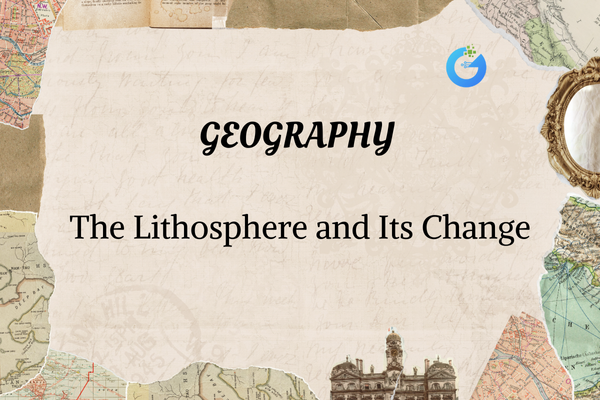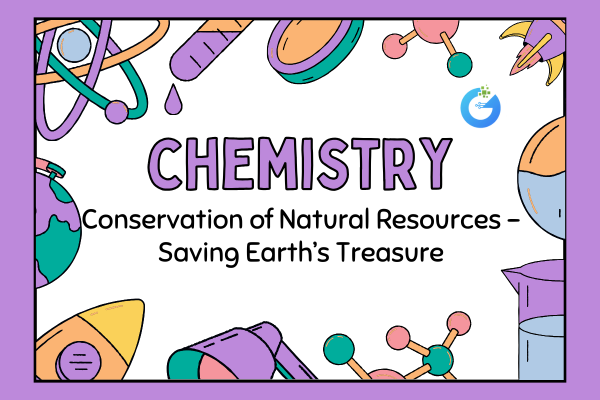Introduction:
Take a deep breath and look around—everything you see that isn’t water or air is part of the lithosphere. It’s the solid, outermost layer of the Earth, including the crust and the upper part of the mantle. The ground we walk on, the mountains we climb, the valleys, deserts, and even the ocean floor—all belong to the lithosphere.
But don’t be fooled by its rocky appearance—this layer is constantly changing! The Earth’s crust may seem still, but deep underneath, massive forces are always at work. Over millions of years, these forces shape continents, raise mountains, break rocks, and even cause earthquakes and volcanic eruptions.
expert-led Geography classes – visit our website to learn more
Who studies the lithosphere?
The scientists who explore the lithosphere are called geologists. They study rocks, landforms, plate movements, and Earth’s structure. Some focus on earthquakes, while others study volcanoes, fossils, or soil.
Geologists help us understand how the Earth has changed over millions of years and how it might change in the future. Their work also helps us find useful resources like minerals, oil, and groundwater, and helps keep people safe in areas where earthquakes and volcanoes are common.
Why is the lithosphere important?
The lithosphere is like Earth’s skin. It plays a major role in shaping our world and supporting life. Here’s why it’s super important:
- Supports Ecosystems: Plants grow in the soil, animals build homes on land, and humans live, farm, and build cities on it.
- Provides Resources: We get metals, minerals, coal, oil, and building materials from it.
- Creates Landforms: Earthquakes, volcanoes, and plate movements constantly reshape the land.
- Controls Earth’s Structure: The movement of plates beneath the lithosphere influences everything from continents drifting to the formation of mountains.
When did the lithosphere form?
The lithosphere began forming about 4.5 billion years ago, when Earth was just a hot, molten ball. As it cooled, the outer layer hardened into a solid crust. Over millions of years, this crust broke into pieces—called tectonic plates—which started floating on the semi-liquid mantle beneath them.
These plates have been moving, colliding, breaking, and forming new land ever since. Mountains, continents, and ocean basins were all born from these incredible, slow-moving changes.
Where is the lithosphere found?
The lithosphere covers the entire Earth, both land and under the ocean. It includes:
- Continental crust – the landmasses where we live.
- Oceanic crust – the rocky floor under oceans.
- Tectonic plates – giant pieces that make up the lithosphere, slowly moving around.
It stretches about 100 km deep into the Earth and is divided into sections like the African Plate, Eurasian Plate, Pacific Plate, and more.
How does the lithosphere change?
The lithosphere is always on the move—even if we don’t feel it. The movement of tectonic plates causes big changes to Earth’s surface. Here’s how:
- Plate Tectonics: The plates drift slowly on the soft mantle, causing continents to move and new crust to form or disappear.
- Volcanic Activity: Magma from below the crust pushes through cracks, forming volcanoes and islands.
- Earthquakes: When plates grind or slide past each other, energy is released as powerful shakes.
- Mountain Building: When plates collide, they crumple and push land upwards, forming ranges like the Himalayas.
- Sea-Floor Spreading: At mid-ocean ridges, new crust is formed as plates pull apart.
Core Concepts:
| Concept | What It Means | Example |
| Tectonic Plates | Pieces of the Earth’s crust that move slowly. | Pacific Plate, Indian Plate |
| Earthquake | Sudden shaking caused by plate movement. | San Andreas Fault |
| Volcano | An opening where lava erupts from Earth’s crust. | Mount Vesuvius |
| Mountain Building | Plates collide and push land up. | Himalayas |
| Sea-Floor Spreading | New crust forms at ocean ridges. | Mid-Atlantic Ridge |
FAQ:
Q1: Why do continents move?
Because they sit on tectonic plates that slowly drift due to mantle heat and pressure beneath.
Q2: Can the lithosphere break?
Yes! Earthquakes and faults are signs that the lithosphere is cracking and shifting.
Q3: What causes volcanic eruptions?
Magma builds up under pressure and bursts through weak spots in the lithosphere.
Q4: Are all mountains formed by volcanoes?
No—some form from plate collisions, not eruptions.
Fun Facts:
- The Earth’s crust is like a giant jigsaw puzzle made of plates!
- There are over 1,500 active volcanoes on Earth today.
- The plates move only a few centimeters each year—about as fast as your fingernails grow!
- Mount Everest is still rising by about 4 mm every year due to plate movement.
Conclusion:
The lithosphere might seem solid and unchanging, but it’s actually full of motion and mystery. From massive mountain ranges to sudden earthquakes, it shapes the very land we live on. Every crack in a rock or puff of smoke from a volcano tells a story that started deep underground.
By understanding how the lithosphere works, we also learn how to protect ourselves from natural disasters, find important resources, and respect the slow, powerful forces that have built the Earth for billions of years.








